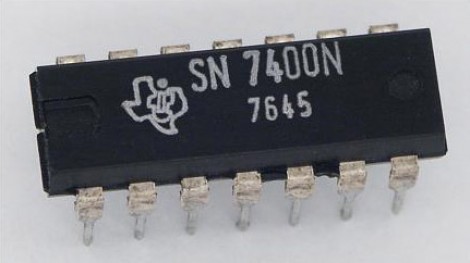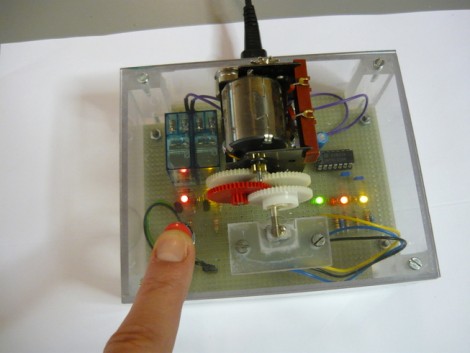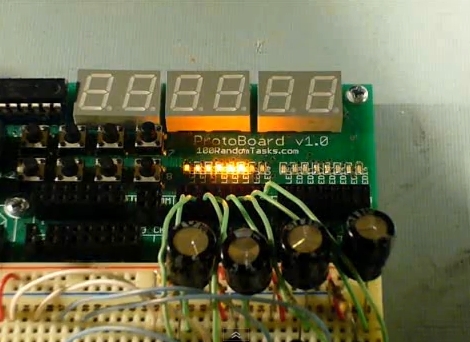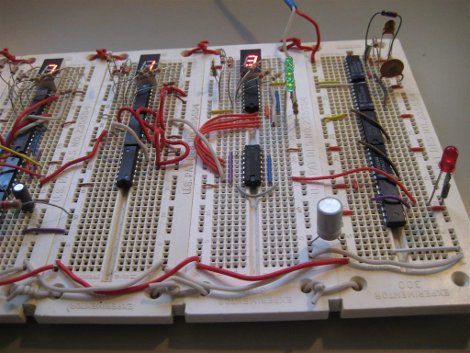
Here’s another chance to ply your hacking skills for cash and prizes. Dangerous Prototypes has just announced the Open 7400 Logic Competition. First prize is $100 and a bunch of hacking goodies. But even better is that since it was announced, more sponsors have stepped up to increase the kitty, and the number of entries that will get prizes.
The parameters for entry are wide open. You can design anything you want, with emphasis on originality. Make sure you take plenty of pictures and document the project along the way. Their judging will take into consideration the amount of detail posted about the project (hence the ‘Open’ in the contest title).
Need some ideas to get you started? We enjoyed the useless machine that used a 7400 NAND gate. You could always build a time piece of some sort like this no-microcontroller clock. Perhaps hardware control like this stepper motor driver is more to your liking?
[Thanks Moderboy]















